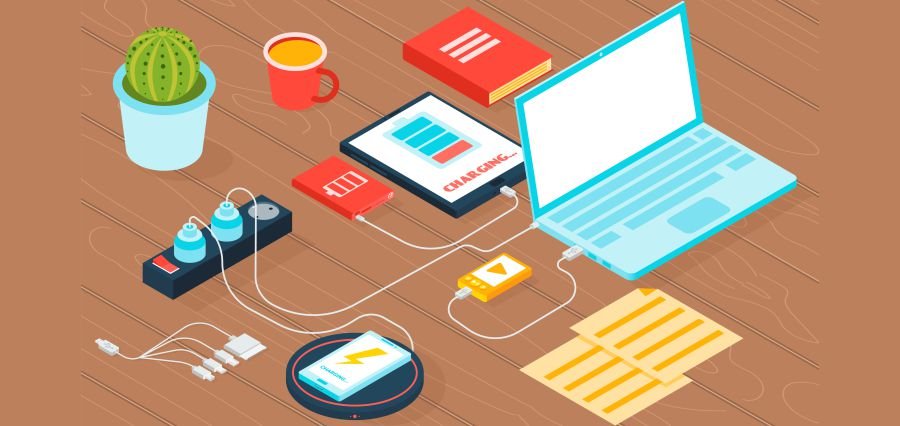One of the most important skills that one will learn as a designer is how to pick the text or its style. That’s because the text is one of the key ways designers can interact with consumers. Typography is basically the art of organizing letters and texts in a manner that makes the copy legible, simple, and creatively pleasing to the reader.
Typography includes the form, size, and function of the font, and is intended to produce certain feelings and express particular messages. In brief, typography is what brings life to the letter, it can make or break a design. And that’s the typography’s beauty and complexity.
Identify your purpose
An effective design aligns the typography with its purpose. It is because typography is the secret to setting the mood, sound, and theme of your projects.
For example, if you are creating a greeting card with a strong illustration, use a font that suits the theme of your illustration. Harmonize your style to the rest of your design. When you’re creating an image-driven landing page, use a plain font that doesn’t mess with the images. Using the category as a way to highlight the importance of knowledge.
Identify Your Audience
Identify your target after clarifying the intent of your concept. This move is crucial because knowledge about your customers, such as age, interest, and cultural experience, may affect the choices you make about your kind.For instance, some fonts are more appropriate for children. When learning to read, children need highly readable fonts with generous letter shapes.
Other fonts are more appropriate for the elderly. Senior-friendly fonts use readable sizes, high contrast colors, and resist letters and decorative designs.
When selecting a style, take the audience and their needs into account. Clearly put, please empathize with your customers.
Choose Your Fonts
Choose a font that is traditional and easy to read. Avoid highly decorative fonts for plain and realistic fonts. Also, be aware of the purpose of the font. For example, some fonts are more suited to headers than body text. For this cause, study its intended intent before choosing a font.
As far as font pairing is concerned, keep it simple with a maximum of three different fonts. In fact, there are pairs of fonts that complement each other. It would help direct the attention of the users, first to the headers and then to the body language. You can also create visual contrast by using various font sizes, colors, and weights. You can use Google Fonts, Typekit, and Font Squirrel for online fonts.
Besides fonts, look at font matching ideas, too. Font matching is just as important as the fonts themselves. Strong font pairing helps to create visual hierarchy and increase the readability of your designs.
Determine Font Sizes
The next move after setting up a font combination is to decide the size. The Modular Scale is a great tool for this. It is a system for the identification of historically pleasing ratios for the creation of scales for the determination of type sizes. The Modular Scale approach uses mathematical accuracy to produce font sizes. It’s just a reference, though. Using this approach as a starting point, and then change the size with your instincts.
Create A Typography Style Guide
The last step of the process is to create a style guide for your typography to help you standardize the format through your projects. It is during this process step that you can tweak and finalize your text attributes such as color, weight, and size. While selecting the color, take into account the color palette. Select colors for your style that suit your paint palette.
Color has three main components: value, color, and saturation. A strong designer should know how to combine all three elements so that the text is both eye-catching and easily legible, even for people with visual impairments. Sometimes, designers can check this by displaying text in grayscale and make adjustments whether the text is too dark or too bright against the background color.
Be sure you have at least the following items in your style guide: font descriptions, font styles, font shades, and sample usages.
In Conclusion
Typography design is a type of art and a type of arrangement technique. It’s at the heart of the designer’s skillset, and it’s a lot more than simply making words legible. The typeface you select and how it fits for your style, table, color scheme, and so on will make a difference between excellent, good, poor and mediocre design.









